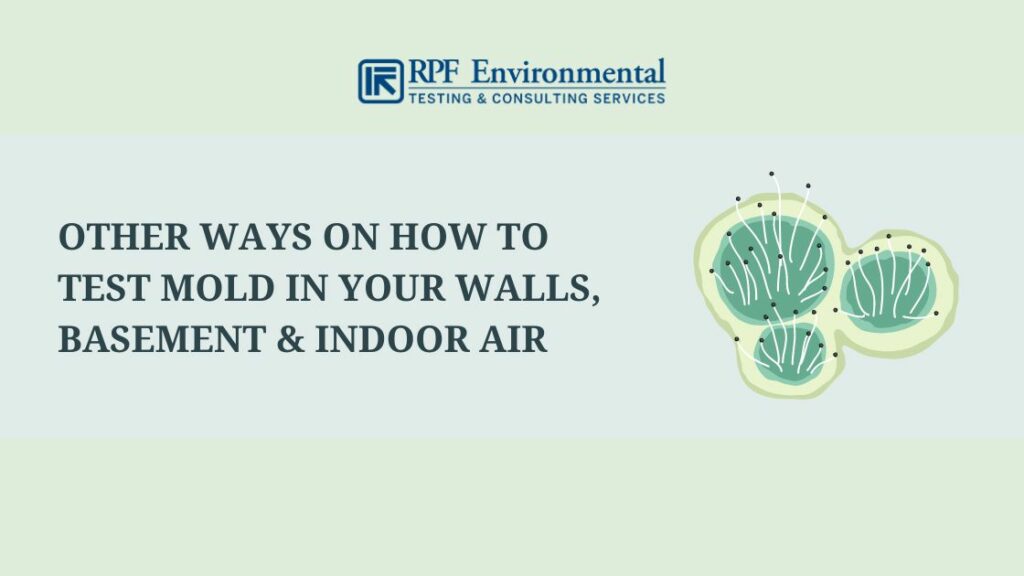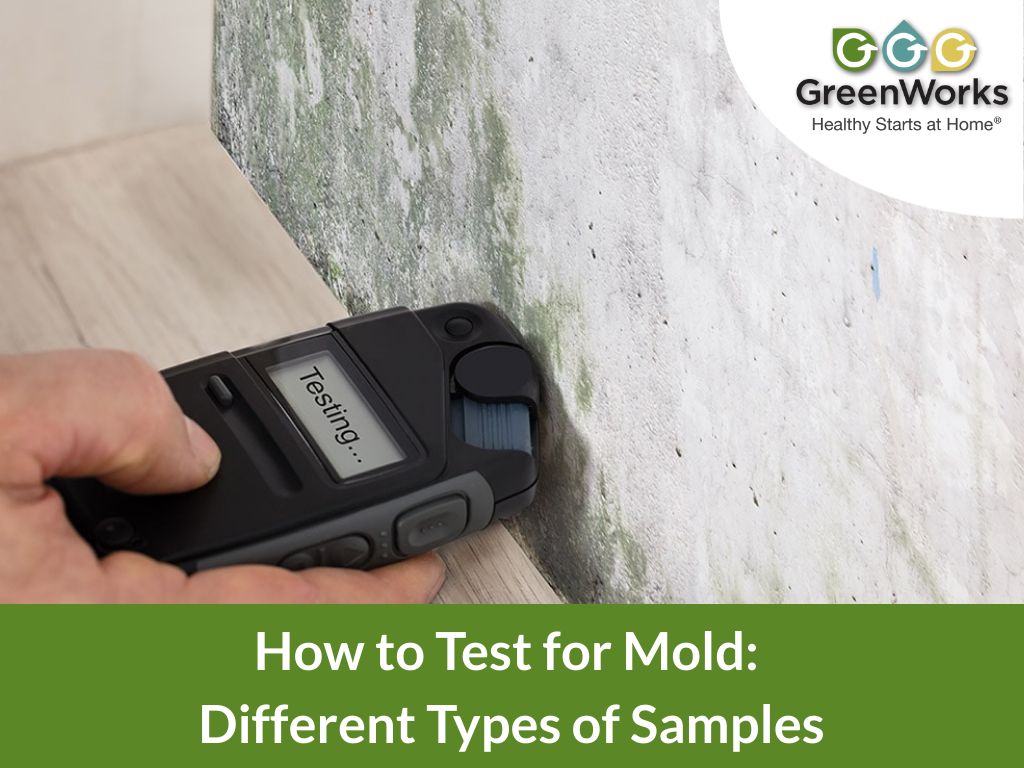Improve Your Security Protocols with Expert Mycotoxin testing Services
Improve Your Security Protocols with Expert Mycotoxin testing Services
Blog Article
Exactly How Mycotoxin Testing Helps Avoid Contamination and Secure Food Products

Mycotoxin testing is an important practice in the food market, offering as a frontline defense versus contamination by harmful toxic substances generated by molds. With the application of advanced strategies like High-Performance Liquid Chromatography (HPLC) and Liquid Chromatography-Mass Spectrometry (LC-MS), food producers can precisely identify and quantify mycotoxin degrees in farming items.
Understanding Mycotoxins
Understanding mycotoxins begins with recognizing that they are toxic secondary metabolites produced by certain molds, which can contaminate agricultural products. These metabolites are not vital for the development or recreation of the fungis but can have severe implications for human and animal health and wellness. Mycotoxins are typically found in staple crops such as corn, wheat, barley, and nuts, where they can multiply under particular problems of moisture and temperature level.
There are a number of kinds of mycotoxins, each produced by various fungal varieties. Fusarium varieties generate trichothecenes and fumonisins, both of which are associated with numerous acute and chronic health and wellness problems.

Risks of Mycotoxin Contamination
The threats of mycotoxin contamination are diverse, posing substantial dangers to both food safety and public wellness. Mycotoxins, harmful compounds generated by specific kinds of fungi, can infect a vast variety of agricultural items consisting of grains, nuts, spices, dried out fruits, and coffee.
Economic influences are one more major problem. Polluted plants can lead to significant financial losses for farmers and food manufacturers because of reduced returns and the demand for expensive purification steps. Worldwide profession can be considerably hindered as nations enforce strict mycotoxin laws to secure their populaces, leading to turned down deliveries and strained profession relations.
Environmental factors such as climate modification aggravate the danger of mycotoxin contamination. Variations in temperature level and moisture can create desirable conditions for fungal growth, raising the chance of contamination occasions. Thus, understanding and alleviating these threats are essential for making certain the safety and honesty of international food supplies.
Techniques of Mycotoxin Testing
Precisely determining mycotoxin contamination in farming products is necessary for guarding public health and preserving food safety and security requirements. Different methods are employed to discover and evaluate mycotoxins, each offering specific advantages and limitations.
High-Performance Fluid Chromatography (HPLC) is an extensively made use of technique because of its high level of sensitivity and accuracy. It includes dividing mycotoxins from other substances in an example, enabling exact metrology. Liquid Chromatography-Mass Spectrometry (LC-MS) combines fluid chromatography with mass spectrometry to supply comprehensive molecular information, making it specifically beneficial for identifying numerous mycotoxins concurrently.

Gas Chromatography-Mass Spectrometry (GC-MS) and Thin-Layer Chromatography (TLC) are likewise employed, each with distinct applications. GC-MS is efficient for volatile mycotoxins, while TLC offers a simpler, cost-effective choice for initial testing.
Benefits of Regular Evaluating
Regular screening for mycotoxins in farming products provides numerous advantages, dramatically adding to public wellness and food security. By Click Here identifying contamination early, regular screening aids stop the distribution of harmful foods, thereby reducing the threat of mycotoxin-related health problems among customers. This positive technique not only safeguards human health and wellness but also enhances the total quality of food supplies.
Different nations and regions have actually developed rigorous limits for mycotoxin degrees in food and feed. Adhering to these limitations with normal testing makes certain that providers and producers fulfill lawful requirements, thus avoiding fines and trade barriers.
Furthermore, regular mycotoxin testing can bring about significant economic advantages. Early discovery of contamination permits timely treatment, decreasing possible losses from widespread contamination. Applying regular screening why not try these out methods can also lessen recall prices and related responsibilities, which can be economically devastating.
Furthermore, routine screening supplies important information that can inform better agricultural practices and storage space problems. By recognizing patterns of contamination, manufacturers can adopt preventative procedures, thus decreasing future threats and contributing to the sustainability of the food supply chain.
Applying Examining Methods
Applying reliable mycotoxin screening protocols is important for making sure the safety and quality of farming items. Establishing a durable screening framework involves numerous crucial steps, beginning with the recognition of potential contamination factors within the manufacturing and supply chain. This includes pre-harvest, post-harvest, storage space, and circulation phases. Each stage should be scrutinized to determine where mycotoxin contamination is more than likely to happen.
As soon as important control points are recognized, choosing appropriate screening methods is crucial. Typical techniques consist of enzyme-linked immunosorbent assay (ELISA), high-performance liquid chromatography (HPLC), and mass spectrometry (MS) Each technique has its staminas and weak points; therefore, choosing the right one depends on the specific mycotoxin being checked, the required level of sensitivity, and available resources.

Lastly, integrating the testing methods right into a thorough food safety and security monitoring system is advisable. This enhances traceability and makes it possible for quick corrective activities when contamination is identified, therefore guarding the stability of the food supply chain.
Conclusion
Mycotoxin screening is necessary in preventing contamination and guarding food materials by making it possible for early discovery of hazardous toxic substances generated by molds in farming items. Regular testing enhances brand name reputation, financial stability, and depend on in food safety and security by reducing contamination-related losses and preserving high requirements in food manufacturing.
Mycotoxin screening is a vital technique in the food sector, serving as a frontline protection against contamination by unsafe toxins produced by molds. you can find out more An integrated method including agricultural techniques, storage management, and regular testing can mitigate the risks associated with mycotoxin contamination, guaranteeing food safety and public health.
The risks of mycotoxin contamination are diverse, posturing significant risks to both food security and public wellness.Routine testing for mycotoxins in agricultural items provides numerous benefits, substantially adding to public health and food safety and security.Mycotoxin testing is necessary in preventing contamination and securing food products by enabling early detection of damaging toxins produced by molds in farming products.
Report this page